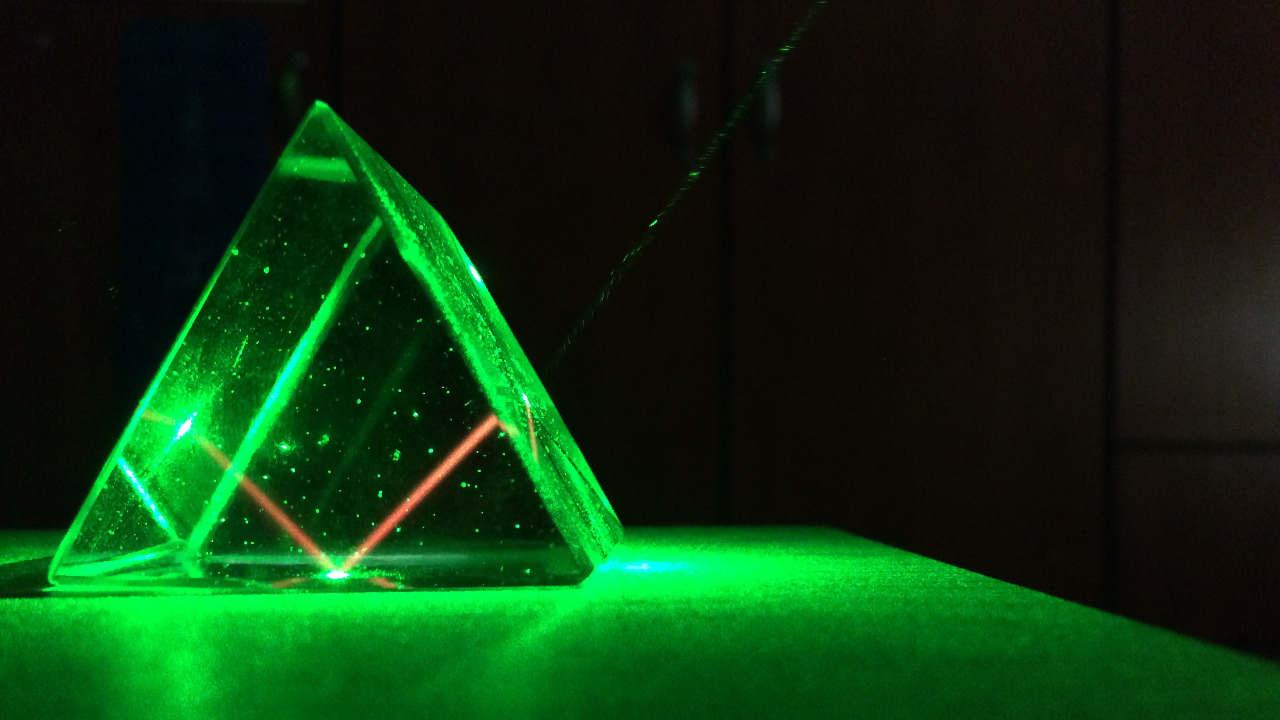
Scientists have unveiled a groundbreaking discovery: a material capable of bending light in unprecedented ways. This advancement opens up possibilities for innovations in optics, including superlenses and cloaking technologies. The implications of this discovery could revolutionize industries from telecommunications to medical imaging.
The Science Behind Light Manipulation

Understanding how light behaves is fundamental to comprehending the latest advancements in material science. Light, in its essence, travels in straight lines and its behavior is often dictated by the principles of refraction. Refraction is the bending of light as it passes from one medium to another, governed by Snell’s Law. This principle is what makes objects like prisms and lenses function, altering the path of light to serve various purposes. However, traditional materials have limitations, and thus, the discovery of a material that can manipulate light in novel ways is a monumental leap forward.
Enter metamaterials, synthetic materials engineered to have properties not found in nature. These materials have a unique structure that allows them to control electromagnetic waves in ways traditional materials cannot. By manipulating the size, shape, and arrangement of their internal structures, metamaterials can bend light in unconventional ways. This is achieved through the creation of a negative refractive index, a concept that has fascinated scientists for decades. The recent discovery of a new light-bending material is a testament to the potential of metamaterials to revolutionize how we control light.
Another intriguing aspect of this discovery is the role of imaginary time. Imaginary time, a concept stemming from quantum mechanics, provides a fresh perspective on the nature of time and its relationship with space. By applying principles of imaginary time, scientists are exploring new ways to manipulate the path of light. This theoretical approach has shown promise in overcoming some of the limitations faced by traditional methods, paving the way for innovative applications in light manipulation. For more on imaginary time, readers can delve into this comprehensive article that breaks down its implications.
Technological Advances and Applications

The advent of this new light-bending material opens the door to a range of technological advancements, particularly in the realm of optics. One of the most exciting prospects is the development of superlenses. Traditional lenses are limited by the diffraction limit, which restricts the resolution of optical systems. However, superlenses made from this new material could potentially offer resolutions far beyond the diffraction limit, enabling us to see objects at a much smaller scale. This has profound implications for fields like microscopy and photography, where clarity and detail are paramount.
Cloaking devices, long a staple of science fiction, are inching closer to reality thanks to these advancements. By bending light around an object, cloaking materials can render it invisible to the human eye. This principle, while complex, is becoming increasingly feasible with the development of new metamaterials. The ability to hide objects from view has significant potential applications in military and security fields, where stealth and concealment are often crucial. For more insight into the possibilities of cloaking technology, visit this article.
Beyond optics, this material has the potential to revolutionize telecommunications. By enabling faster and more efficient manipulation of light signals, these materials could lead to the development of high-speed, high-capacity communication networks. The implications for industries ranging from internet services to satellite communications are vast, promising enhanced performance and reduced latency. This technology could be the key to meeting the ever-growing demand for rapid and reliable communication in our increasingly connected world.
Challenges and Considerations

Despite the promising applications, there are significant challenges in bringing light-bending materials to practical use. One of the primary hurdles lies in the manufacturing process. Producing metamaterials with the precise structural characteristics required for light manipulation is complex and costly. The scale-up from laboratory conditions to industrial production presents numerous technical challenges, including maintaining uniformity and quality across large areas. Addressing these issues is crucial for the widespread adoption of these technologies.
Energy consumption is another critical consideration. Implementing light-bending technologies often requires significant energy inputs, particularly when manipulating light on a large scale. The development of energy-efficient methods is essential to ensure that the benefits of these technologies do not come at an unsustainable environmental cost. Researchers are actively exploring ways to optimize energy use, but it remains a significant hurdle in the path to practical applications.
The potential ethical and security concerns surrounding cloaking technologies also warrant careful consideration. The ability to render objects invisible poses significant implications for privacy and security. While military and defense applications are obvious, the broader societal implications must be addressed to prevent misuse. As these technologies develop, it is essential to establish regulations and safeguards to ensure they are used responsibly. The scientific community is keenly aware of these challenges and is actively engaged in discussions around these issues.
Future Directions and Research Opportunities

The future of light-bending materials is bright, with numerous avenues for research and development. Interdisciplinary collaborations will play a crucial role in advancing this field, bringing together expertise from physics, engineering, and materials science. By pooling knowledge and resources, researchers can overcome the challenges and unlock new potential applications for these materials.
Looking ahead, the potential impact of light-bending materials on various industries is immense. From revolutionizing optical systems to transforming telecommunications, the possibilities are vast. As research continues, we can anticipate a future where these materials are integral to technologies that enhance everyday life. The long-term vision includes not only improving existing applications but also pioneering entirely new fields of study and innovation.
Ongoing experimentation and refinement will be key to realizing the full potential of this discovery. As scientists continue to explore the boundaries of what is possible with light-bending materials, the scope for innovation is limitless. Encouraging continued research and investment in this area will be vital to fully harness the capabilities of these groundbreaking materials and bring their benefits to society at large.